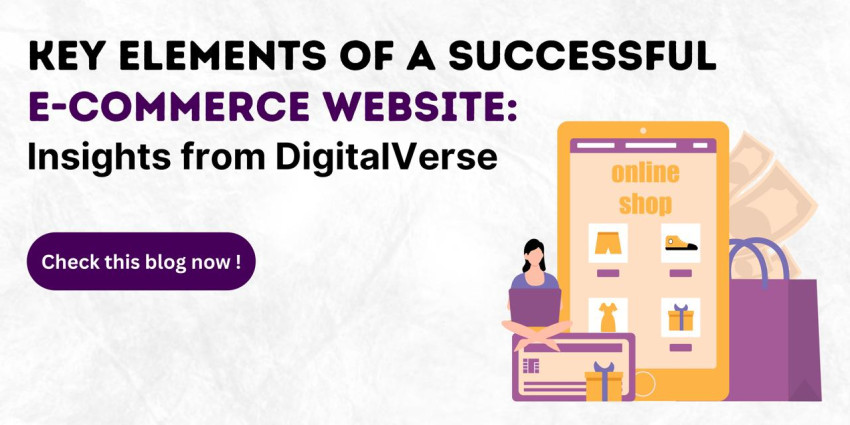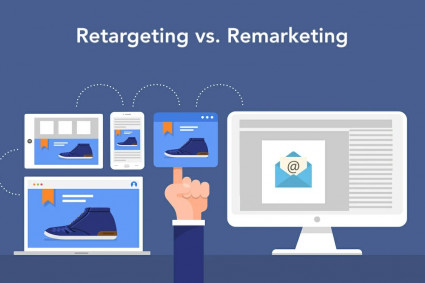
Creating a successful e-commerce website requires careful consideration of key elements that contribute to its effectiveness. Let's explore these crucial elements that can make a significant impact on your online store.
1. User-friendly Interface and Navigation: A user-friendly interface and intuitive navigation are essential for a successful e-commerce website. Clear menus, prominent search functionality, and well-organized categories make it easy for customers to find products and navigate through the site effortlessly.
2. Robust Security Measures: Security is a top priority in e-commerce. Implementing robust security measures such as SSL encryption, secure payment gateways, and adhering to industry best practices instills trust in customers and protects their sensitive information.
3. Mobile Responsiveness: With the rise of mobile devices, having a mobile-responsive e-commerce website is crucial. Optimizing your site for mobile devices ensures a seamless shopping experience across various screen sizes, improving user engagement and conversion rates.
4. Personalized Recommendations: Personalization enhances the customer experience by providing tailored product recommendations based on their preferences and purchase history. This approach increases customer engagement and drives higher conversion rates.
5. Streamlined Checkout Process: A complicated or lengthy checkout process can lead to cart abandonment. Streamlining the checkout process with minimal steps, guest checkout options, and clear instructions ensures a smooth and hassle-free experience for customers.
Personalization is the key to creating a more engaging and customized shopping experience for your customers. Let's explore how personalization can take your e-commerce website to the next level.
1. Personalized Product Recommendations: Utilize customer data and algorithms to provide personalized product recommendations. By analyzing customer behavior and preferences, you can suggest relevant products that match their interests, increasing the likelihood of a purchase.
2. Customized Email Marketing: Segment your email marketing campaigns based on customer preferences, purchase history, and demographics. Tailor your emails to specific customer segments to deliver personalized content and offers that resonate with their needs and interests.
3. Dynamic Content Personalization: Customize website content based on customer behavior and preferences. Show personalized product recommendations, targeted banners or promotions, and personalized landing pages to create a tailored browsing experience that drives engagement and conversions.
4. Personalized Customer Support: Implement personalized customer support features such as chatbots or live chat. Provide real-time assistance and address customer queries promptly, creating a personalized and satisfactory support experience.
5. Tailored Loyalty Programs: Reward customer loyalty with personalized incentives and exclusive offers. By segmenting customers based on their purchase history and preferences, you can create tailored loyalty programs that provide relevant rewards, fostering long-term customer relationships.






